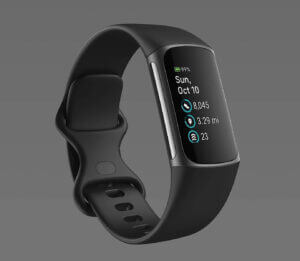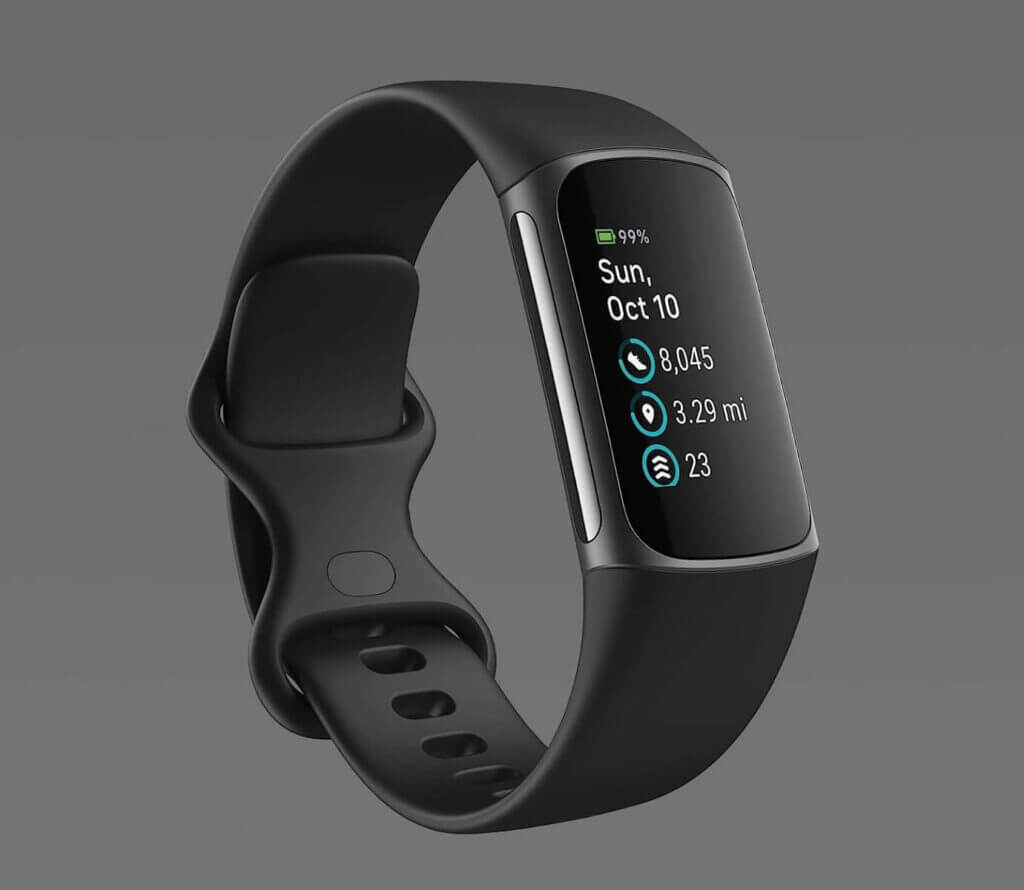Discover the benefits of rucking and how to maximize your calorie burn with our easy-to-use calculator. Learn about the factors affecting calories burned, compare , and get tips to increase your calorie burn.
Factors Affecting Calories Burned Rucking
Rucking is a great way to burn calories and improve your overall fitness level. However, the number of calories you burn during a rucking session depends on several factors. Understanding these factors is essential if you want to get the most out of your rucking sessions. Below are the most significant factors that affect the number of calories you burn during rucking:
Weight of Rucksack
The weight of your rucksack is one of the most crucial factors that affect the number of calories you burn while rucking. The heavier your backpack, the more calories you will burn. This is because carrying a heavier load requires more energy, which translates to more calories burned.
To make the most of your rucking session, it’s essential to find the right rucksack weight for your fitness level. Start with a lighter load and gradually increase the weight as you become more comfortable.
Distance Covered
The distance covered during your rucking session also affects the number of calories you burn. The further you walk, the more calories you will burn. If you want to burn more calories, you should aim to cover more ground during your rucking sessions.
However, it’s important to note that you don’t have to cover a long distance to burn calories effectively. Even short distances can help you burn significant calories if you incorporate the right intensity and terrain.
Terrain
The terrain you walk on during your rucking session also affects the number of calories you burn. Walking on flat terrain requires less energy, and therefore, fewer calories are burned. On the other hand, walking on hilly or uneven terrain requires more energy, leading to more calories burned.
If you want to challenge yourself and burn more calories, try walking on different terrains. Hills and stairs are especially effective at increasing the intensity of your rucking session.
Body Weight
Your body weight also affects the number of calories you burn while rucking. The more you weigh, the more calories you will burn during a rucking session. This is because carrying your body weight requires more energy.
However, it’s important to note that rucking is an exercise suitable for people of all body weights. Even if you are on the lighter side, you can still burn significant calories during a rucking session.
Speed
The speed at which you walk during your rucking session affects the number of calories you burn. Walking at a faster pace requires more energy, leading to more calories burned. If you want to burn more calories, try walking at a brisk pace.
However, it’s important to find the right speed for your fitness level. Walking too fast can lead to overexertion and injury, while walking too slow may not provide enough intensity to burn significant calories. It’s essential to find a comfortable pace that challenges you but doesn’t put too much strain on your body.
In summary, the weight of your rucksack, distance covered, terrain, body weight, and speed are the most significant factors that affect the number of calories you burn while rucking. By understanding these factors, you can tailor your rucking sessions to meet your fitness goals effectively.
How to Calculate Calories Burned Rucking
To accurately determine the number of calories you burn while rucking, there are three methods you can use: using a rucking calculator, using a fitness tracker, or manually calculating your calories burned.
Using a Rucking Calculator
A rucking calculator is an excellent tool for quickly and easily determining how many calories you’re burning during your rucking sessions. These calculators typically take into account the weight of your rucksack, the distance you covered, and your body weight.
To use a rucking calculator, simply input the relevant data and let the calculator do the rest. It will give you an estimate of how many calories you burned during your rucking session.
Using a Fitness Tracker

Fitness trackers are another popular method for tracking calories burned during rucking. Most fitness trackers have a setting specifically for rucking or hiking, which takes into account the weight of your rucksack, distance covered, and your body weight.
To use a fitness tracker, simply wear it during your rucking session and let it track your movements. At the end of your session, your fitness tracker will give you an estimate of how many calories you burned.
Manually Calculating Calories Burned
If you don’t have access to a rucking calculator or fitness tracker, you can still manually calculate your calories burned. While this method is more time-consuming, it is still an effective way to determine how many calories you’re burning during your rucking sessions.
To manually calculate your calories burned, you’ll need to know your body weight, the weight of your rucksack, the distance you covered, and the terrain you covered. Once you have this information, you can use a formula to calculate your calories burned.
Here is an example of a formula for calculating calories burned during rucking:
Calories burned = (body weight in kg x 3.5 x distance covered in km) + (rucksack weight in kg x 3.5 x distance covered in km) + (terrain factor x distance covered in km)
The terrain factor is a number that takes into account the difficulty of the terrain you covered. A flat, paved surface would have a terrain factor of 1, while a hilly or rocky terrain would have a higher terrain factor.
Rucking vs. Running: Which Burns More Calories?
When it comes to burning calories, rucking and running are two popular exercises that many people turn to. But which one is more effective in burning calories? Let’s take a closer look at the comparison of calories burned between rucking and running, and their impact on joints and muscles.
Comparison of Calories Burned
Both rucking and running require physical effort, but the amount of calories burned differs between the two. According to research, a person weighing 155 pounds can burn around 500 calories in an hour of rucking, while the same person can burn around 590 calories in an hour of running at a moderate pace.
However, it’s important to note that the calories burned during rucking can vary depending on factors such as the weight of the rucksack, distance covered, terrain, body weight, and speed. On the other hand, running calories burned can depend on factors such as pace, terrain, and body weight.
Impact on Joints and Muscles
Rucking and running also have different impacts on joints and muscles. Rucking is a low-impact exercise, which means it puts less stress on the joints and is less likely to cause injuries such as shin splints or stress fractures. This makes it a good option for people with joint problems or those who are recovering from an injury.
On the other hand, running is a high-impact exercise that puts more stress on the joints, especially the knees and ankles. This can increase the risk of injuries, especially if proper form and technique are not followed.
In summary, while running burns more calories, rucking is a low-impact exercise that is less likely to cause injuries. It is important to choose an exercise that suits your fitness level, goals, and physical capabilities, and to always consult a healthcare professional before starting a new exercise routine.
Tips for Increasing Calories Burned Rucking
Rucking is a fantastic way to burn calories, but if you’re looking to increase your calorie burn, there are a few things you can do. Here are some tips for increasing calories burned rucking:
Adding Weight Gradually
One of the best ways to increase your calorie burn while rucking is to add weight gradually. Start by carrying a lighter backpack and gradually increase the weight as you get stronger. This will not only increase your calorie burn but also help build strength and endurance.
It’s important to note that you should be careful not to add too much weight too quickly, as this can lead to injury. A good rule of thumb is to add no more than 10% of your body weight at a time.
Varying Terrain and Distance
Another way to increase your calorie burn while rucking is to vary the terrain and distance. Rucking on hills or rough terrain will require more energy and burn more calories than walking on flat ground. Similarly, rucking for longer distances will burn more calories than shorter distances.
As you become more experienced, you can also vary your rucking speed. Incorporating intervals of faster walking or jogging will increase your heart rate and burn more calories.
Incorporating Intervals and Sprints
In addition to varying terrain and distance, incorporating intervals and sprints into your rucking routine is a great way to increase your calorie burn. Intervals involve alternating periods of high and low-intensity exercise, while sprints involve short bursts of all-out effort.
For example, you might try rucking at a moderate pace for 5 minutes, then increasing your speed for 30 seconds before returning to your moderate pace. Alternatively, you could do a series of short sprints during your ruck.
Remember to listen to your body and start slowly when incorporating intervals and sprints into your rucking routine. As you get stronger and more comfortable, you can increase the intensity and duration of your intervals and sprints.
By following these tips, you can increase your calorie burn while rucking and enjoy all the benefits this great exercise has to offer.
FAQs about Calories Burned Rucking Calculator
Are you new to rucking and unsure about how to calculate the calories burned during your workout? Here are some frequently asked questions about rucking calculators to help you out.
How Accurate are Rucking Calculators?
Rucking calculators are designed to estimate the number of calories burned during a rucking session. However, the accuracy of these calculators can vary depending on a number of factors such as age, gender, weight, and the intensity of your workout. It is important to keep in mind that these calculators are only estimates and should be used as a guide rather than an exact measurement.
Do Different Calculators Provide Different Results?
Yes, different rucking calculators may provide slightly different results due to differences in their algorithms and the data they use as inputs. However, the differences are usually not significant enough to affect the overall accuracy of the estimate. It is always a good idea to use multiple calculators and compare their results to get a better idea of the number of calories you are burning.
Can I Use a Running Calculator for Rucking?
It is not recommended to use a running calculator for rucking as the two activities are different in terms of their impact on the body. Rucking involves carrying a heavy load on your back, which requires more effort and burns more calories compared to running. Using a running calculator may underestimate the number of calories burned during a rucking session. It is best to use a rucking calculator specifically designed for this activity.
In summary, rucking calculators can be a useful tool to estimate the number of calories burned during a workout. However, it is important to keep in mind that these calculators are only estimates and may vary depending on the individual and the intensity of the workout. Using a rucking calculator specifically designed for this activity is recommended over using a running calculator.





